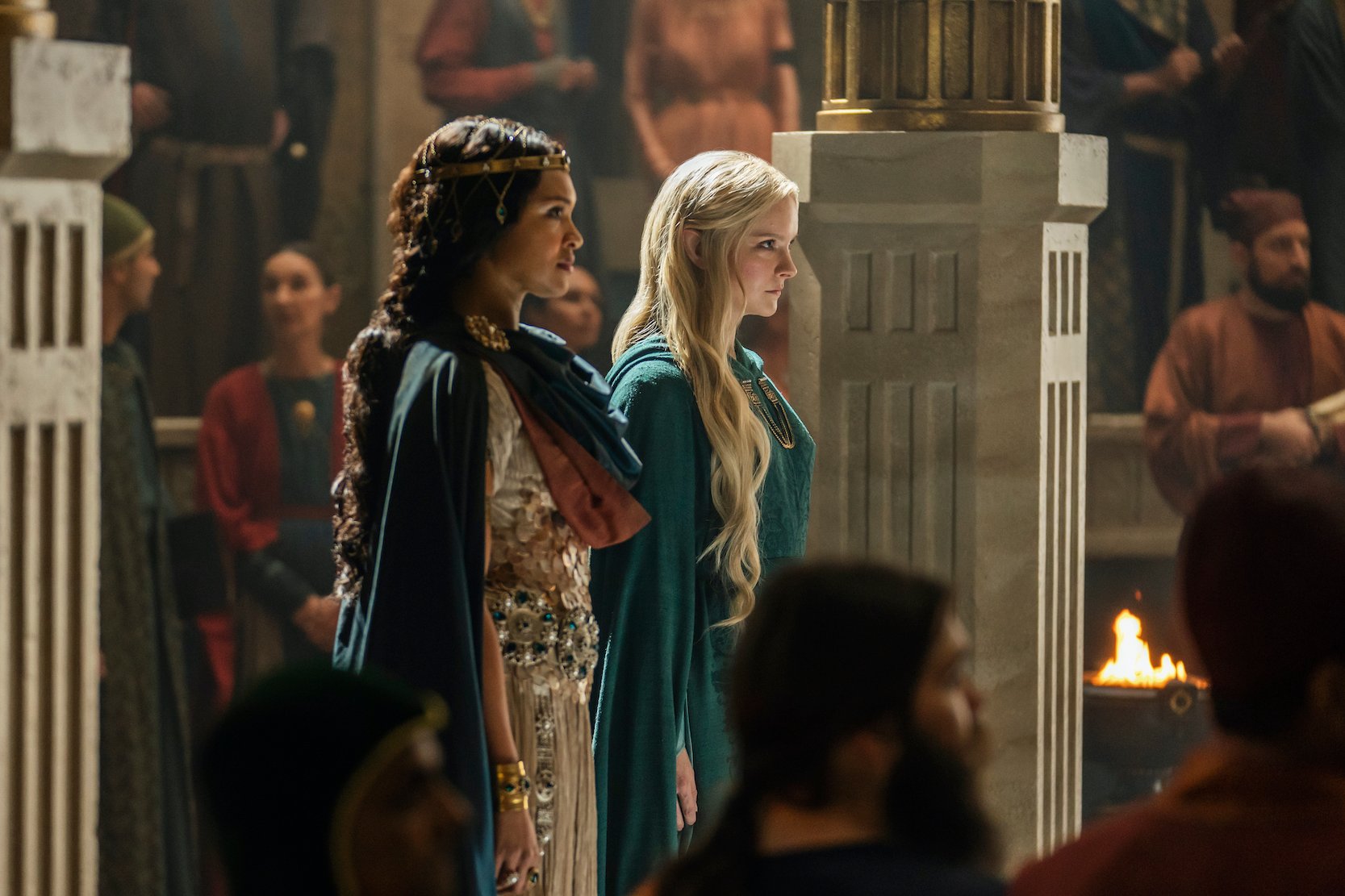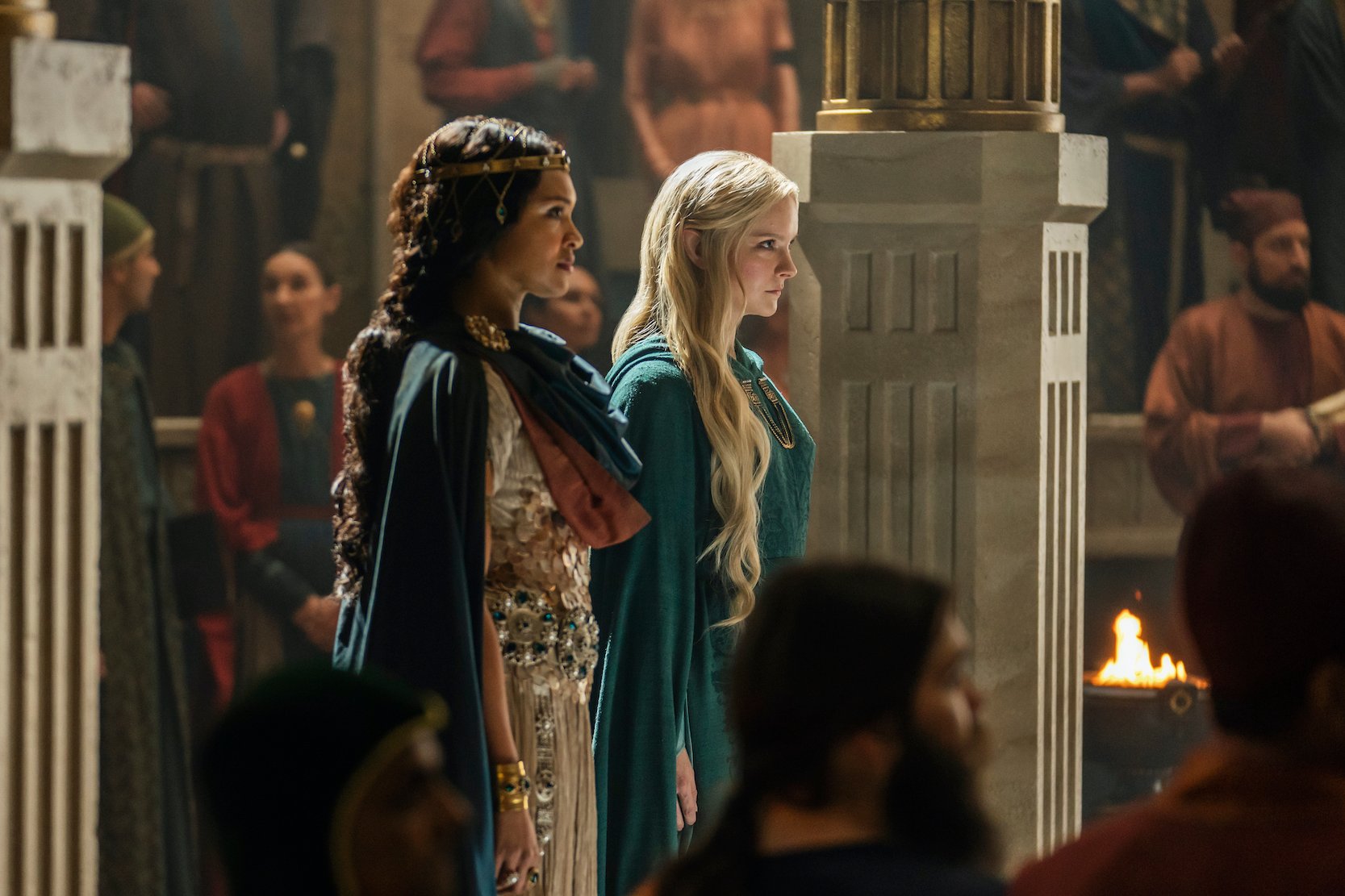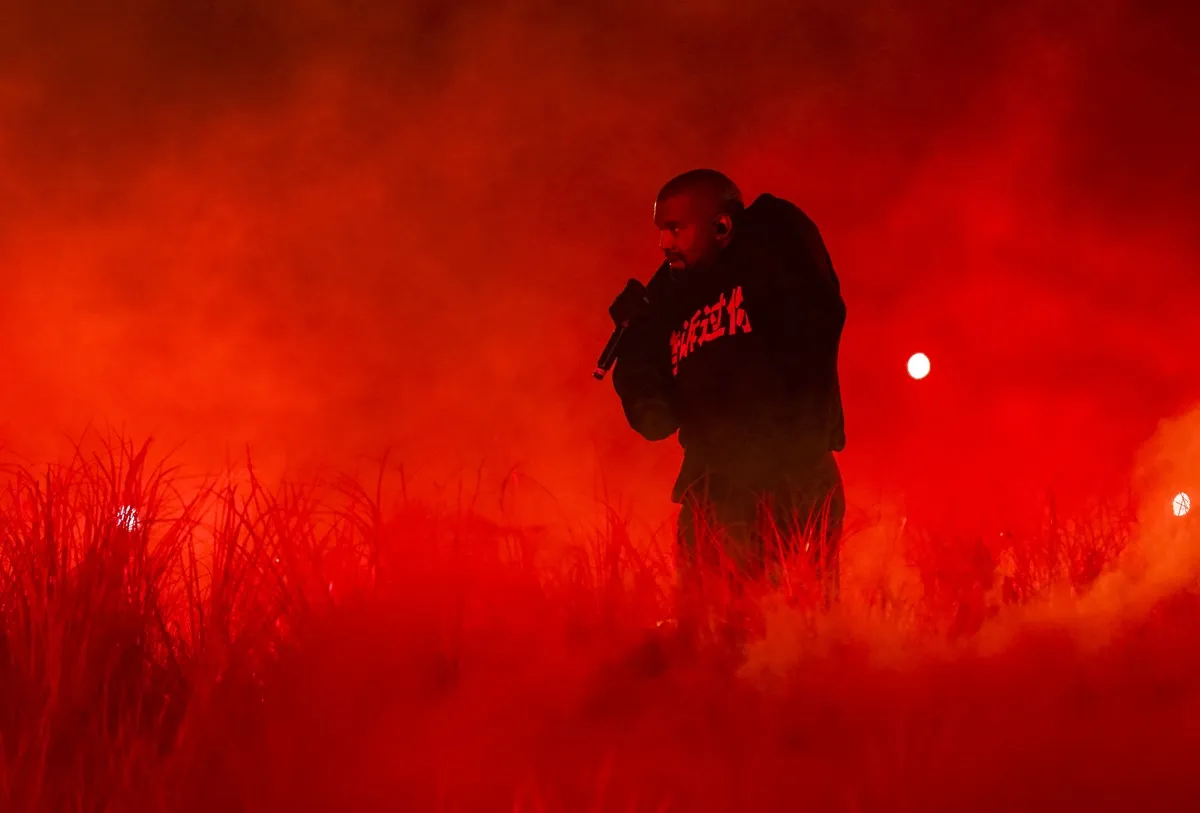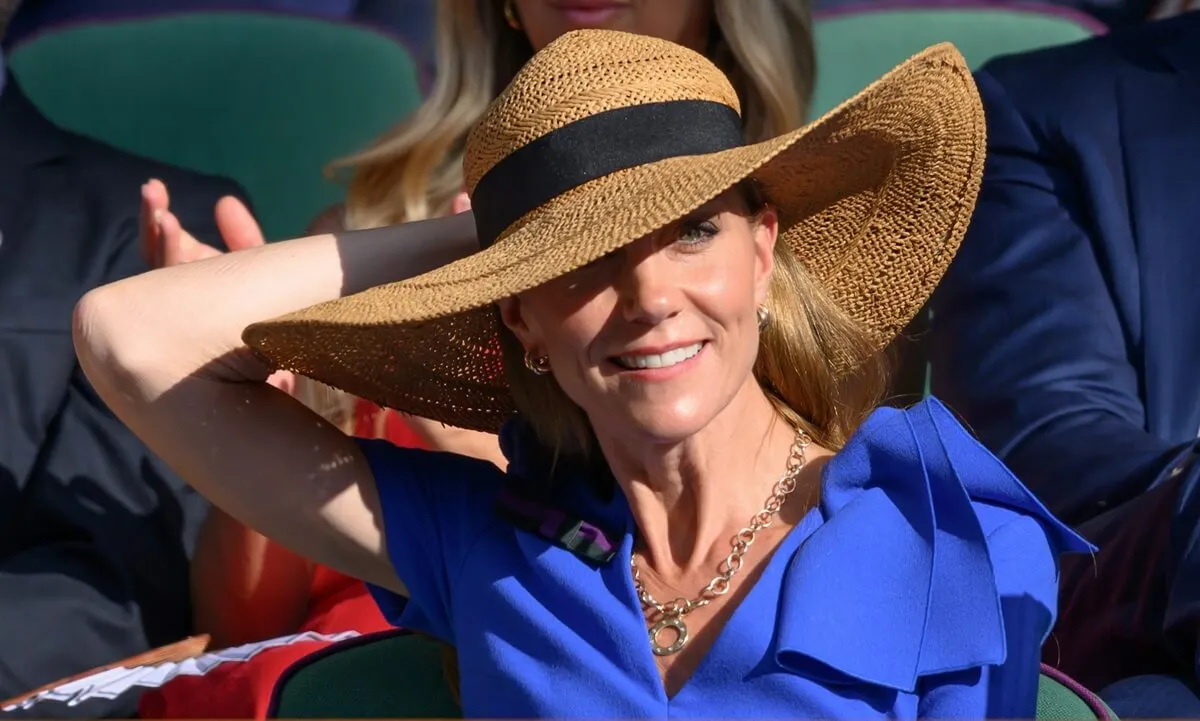
‘The Rings of Power’ Composer Wrote ‘6 Musical Languages’ to Represent the Different Cultures
Amazon’s Lord of the Rings: The Rings of Power has many different groups featured within Middle Earth. Each group, such as the elves and dwarves, has a unique culture and appearance that distinguishes them from others. They also have their own musical language that was created for them by The Rings of Power composer Bear McCreary.
‘The Rings of Power’ follows multiple groups of Middle Earth

The Rings of Power is a massive series that takes viewers back to Middle Earth. The world is expansive, and the series focuses on multiple groups and their endeavors. We see elves like Galadriel (Morfydd Clark) and Elrond (Robert Aramayo) on their own adventures as they interact with the dwarves and the people of Numenor.
There are also the humans in the Southlands who are preparing for an attack from the orcs. Meanwhile, a new group known as the Harfoots are migrating with a mysterious stranger who fell from the sky. It can be hard to follow all the various subplots, but the series does an excellent job at making each setting unique through the costuming and atmosphere.
‘The Rings of Power’ composer created six musical languages for each culture
In an interview with Screen Rant, composer McCreary discussed composing The Rings of Power. The composer had an ambitious project in front of him since this series is so epic in scale. One of the most challenging tasks the composer faced was how to approach the multiple different cultures in each group. McCreary said he came up with six musical languages and scores with their “own soloists, their own musical language, [and] their own identity.”
“You have the music for the elves – and yes, I know there are multiple kinds of elves. Don’t worry, we’re going to get there later,” McCreary said. “But for season one, there was a vibe for the elves and a musical language for them as a monolithic culture. The dwarves, low men in the Southlands, high men in Númenor. You have the Harfoots, and you have the orcs. And in each one of those, I’m using really cool specialty instruments, and even writing multiple themes within those languages for different characters from that place.”
“For Númenor, I used Middle Eastern instruments,” the composer continued. “For the Harfoots, I used West African balafons combined with Celtic instrumentation. For the dwarves, I used deep male vocals singing in Khuzdul. For the elves, I used ethereal, light, airy vocal textures. For the orcs, I used drums and woodwinds made from bone. There were antlers and femur bones, and all these very strange conch shells and Aztec death whistles that all create this screaming, weird, otherworldly texture. It was really fun.”
Bear McCreary worked with many of his past colleagues to find unique instruments
Many instruments McCreary mentioned, like the Khuzdul and the woodwinds made from bone, aren’t commonly used in musical scores. However, they sound natural for a Lord of the Rings series. The Rings of Power composer says he found these unique instruments by working with many of his former colleagues and seeing what they could bring to the table.
“Actually, for each of these I went out and found a lot of people I’d worked with in the past,” McCreary shared. “I’ve just been very fortunate to always be able to find interesting musicians. When doing a show like Outlander, I got to know a bunch of Celtic musicians, when doing a project like God of War, I got to know a whole bunch of Nordic and Scandinavian instrumentalists, and so on and so forth. I just kind of accumulate this collection of incredibly talented people.”
The Rings of Power is streaming on Amazon Prime Video.


